
- (03) 5909 8218
- enquiry@fusionweld.com.au
Blog 2017
Transportable Pressure Vessels: The Importance of Inspection and Safety Checks
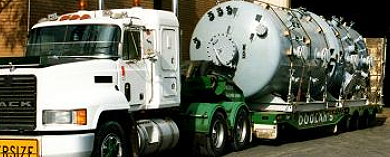
Fracture Mechanics and Stress Analysis of Cracks in Pressure Vessels
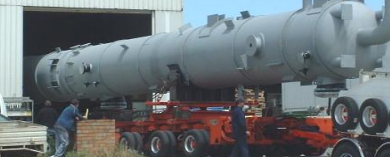
External Floating Roof Storage Tanks: Uses and Applications

Pressure Vessels and Fabrication Services: Factors to Consider in Design and Manufacture
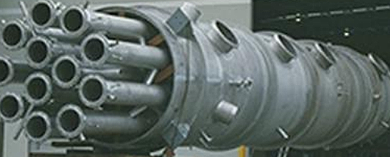
Primary Design Considerations in Pressure Vessels

Benefits of Onsite Construction and Maintenance Checks for Pressure Equipment

How Gas Leaks from Pressure Vessels Can Be Prevented

Hazardous Effects of Gas Leaks from Unmaintained Pressure Vessels

Rupture Hazard of Pressured Vessels
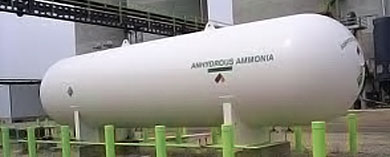
What is Hoop Stress in Pressure Cylinder?
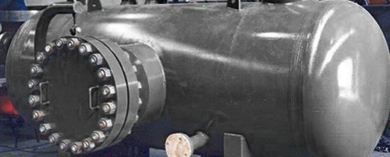
Good Industry Practices for Bulk LP Gas Installations

How Do Debutanizer Columns Work?

What are CO2 Absorber Vessels?
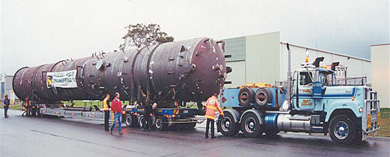
Ammonia Plant Condensate Blowdown Vessel

Hydrocracking Units in Petroleum Refineries: What are They?

Commercial Vacuum Distillation Still: Uses and Functions

What is Condensing Tankless Water Heaters?
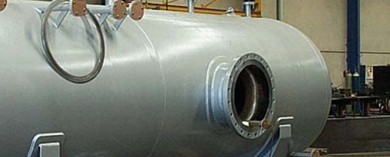
What is Ultrasonic Testing in High Pressure Cylinders?
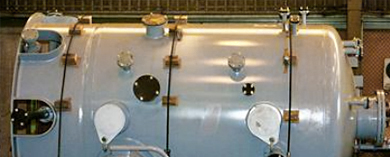
Secondary Functions of Oil and Gas Separators

Primary Functions of Oil and Gas Separators

Pressure Vessel Testing and Inspection: Do's and Don'ts
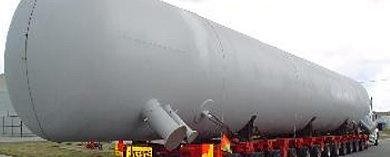
Pressure Vessel Piping Design: Standards and Analysis

Pressure and Temperature Effects in Underground Storage Tanks

Effects of Flood and Prolonged Submersion on Misplaced Underground Fuel Tanks

Recent Posts
- Pressure Vessel Inspection: Maintaining Critical Water Heating Infrastructure
- Scheduling Periodic Laundry Boiler Inspections: Best Practices for Plant Managers
- Glycol Regeneration Units - Manufacturing to Optimise Natural Gas Processing
- Skid Mounted Systems for Oil and Gas Industries: Achieve Mobility and Flexibility
- The Role of Transportable Pressure Vessel Inspections in Ensuring Safety
- Periodic Tank In-Service Inspection: How It Maintains Bulk Storage Tank Integrity
- Static Pressure Vessel Manufacturing: Achieve Maximum Reliability
- Pressure Equipment Management by Fusion-Weld: Key Role in Industrial Safety
- Pressure Piping System Inspection: A Gift of Safety for the Holidays
- Deaerator Inspections by Fusion-Weld Engineering and How They Reduce System Downtime
- Bulk Storage Tank Inspection: Protecting Your Essential Assets
- Pipe Spooling Design and Manufacture: Ensuring Accuracy and Fit
Posts 2023
- Pressure Piping System Inspection: A Gift of Safety for the Holidays
- Deaerator Inspections by Fusion-Weld Engineering and How They Reduce System Downtime
- View all articles…
Posts 2022
- How Fusion Weld Keeps Up With AS-NZS ISO 9001:2008 Standard
- Boiler Equipment Safety Inspection During the Summer Season
- View all articles…
Posts 2021
- Avoid These Factors and Practices that Contribute to Sealing Damage in Pressure Vessels
- Do's And Don'ts Of Industrial Boiler Inspection And Maintenance From Fusion-Weld
- View all articles…
Posts 2020
- What are the Risks and Hazards Involved in Pressure Vessel Equipment?
- How to Know if Your Pressure Equipment Needs Repair or Replacement?
- View all articles…
Posts 2019
- Factors that Contribute to Pressure Vessel Failure
- Pressure Vessel Regulations in Australia: What are the Mandatory Requirements?
- View all articles…
Posts 2018
- Pros and Cons of Spherical vs. Cylindrical Pressure Vessels
- What are the Different Hazard Levels in Pressure Vessels?
- View all articles…
Posts 2017
- Transportable Pressure Vessels: The Importance of Inspection and Safety Checks
- Fracture Mechanics and Stress Analysis of Cracks in Pressure Vessels
- View all articles…
Posts 2016
Posts 2015
- What Are Deaerators & Feedwater Vessels?
- Precautions and Safety for Compressed Air Receiver Vessels
- View all articles…
Posts 2014
- Demonstrating In-process Inspection Procedures
- Static Grounding Practices and Standards
- View all articles…